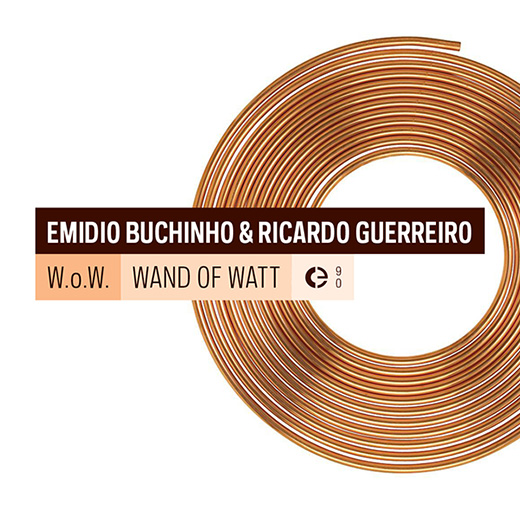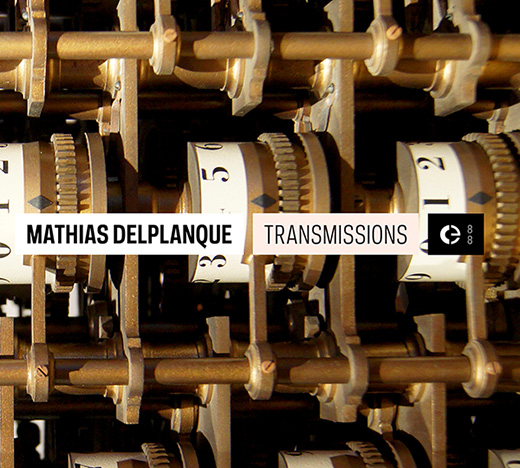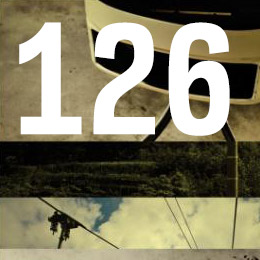
W.o.W. – Wand of Watt is a collaborative work for electric guitar and computer live-sampling and generative sound synthesis. Each resulting piece explores the conception, installation and live articulation of context-specific situations in which sound is an emerging phenomenon. The generation, capture, amplification, processing and diffusion of sound are entirely taking place on stage, in real-time.
Three different versions of this work were presented. W.o.W. #1 and W.o.W. #2, both commissioned by the Granular association, took place, respectively, at the city of Aveiro, in Espaço Performas, in October 2009 and during the 3rd edition of the Metasonic Festival, at the Goethe Institut, in Lisbon, in April 2010.
The recording now presented documents a private performance of W.o.W. #3, on the 4th of June of 2011, that concluded a four-day artistic residency developed at the Oficinas do Convento in Montemor-o-Novo. Once again, space and the daily sounds of its wide context and common use were determinant to the activity of the musicians.

Emidio Buchinho: Concept and composition, electric guitar, devices, microphones, speakers and electronics; production, sound recording and mastering; photography.
Ricardo Guerreiro: Concept and composition, computer programming, sound processing and multi-channel electroacoustic diffusion; production and mastering.







